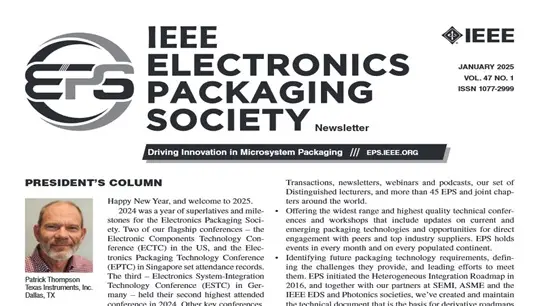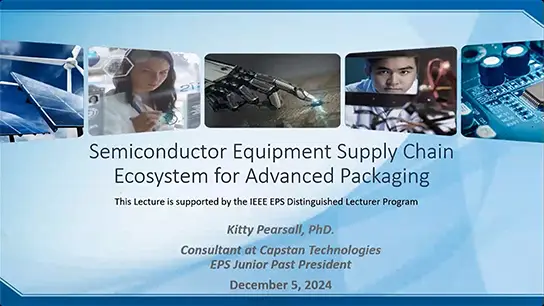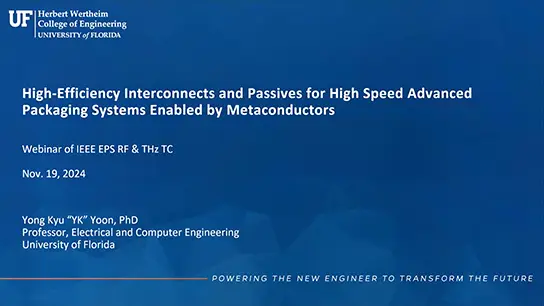ECTC 2020 Intel Best Student Session Paper
Jiefeng Xu, Chongyang Cai, Vanlai Pham, Ke Pan, Huayan Wang, Seungbae Park
-
Members: FreeEPS
IEEE Members: $11.00
Non-members: $15.00Pages/Slides: 6
01 Jun 2020
In this paper, we focus on the Electromigration (EM) with three different types of solder systems, homogeneous SAC305, homogeneous SnBi58 and SAC305-SnBi58 Partial mixed. The acceleration EM test was conducted with the sample top temperature at 100C at time 0 with different chamber temperature setting, -40C for SnBi58 and SAC305-SnBi58, -5C for SAC305. The current goes through the sample is 1.3A or 2.08 kA/cm 2 . The temperature and electrical resistance were monitored in-situ. The sample was taken out for failure analysis at 0h and 500h. A Finite Element Analysis (FEA) was conducted to understand the failure mechanism between these three types of solder systems. The results show that SnBi58 has the shortest lifetime than others. The microstructure evaluation of solder joints, such as IMC and Bi rich region, is different amount these solders. The FEA results Indicated that the current density in SnBi58 is lower than others and the temperature is only 3C higher than SAC305. The local temperature and current density are not a major cause for the shortest lifetime in SnBi58. SAC305 mixed with SnBi58 will help to improve the EM performance compared to homogeneous SnBi58.


